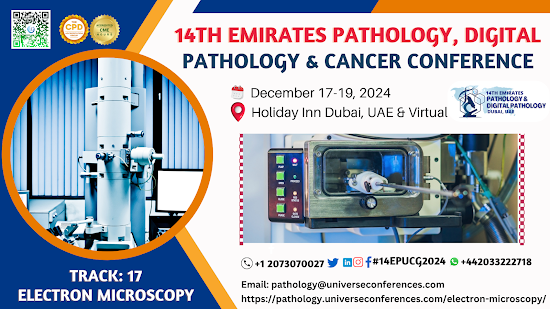Understanding Lymphoma: Types, Symptoms, and Advances in Treatment

What is Lymphoma? Lymphoma is a type of cancer that originates in the lymphatic system, a crucial part of the body’s immune system. The lymphatic system includes lymph nodes, the spleen, thymus gland, and bone marrow. Lymphoma affects lymphocytes, a type of white blood cell that helps fight infections. There are two main types of lymphoma: Hodgkin lymphoma (HL) and non-Hodgkin lymphoma (NHL). Types of Lymphoma Hodgkin Lymphoma (HL) Hodgkin lymphoma is characterized by the presence of Reed-Sternberg cells, which are large, abnormal lymphocytes. HL is relatively rare but highly treatable, especially if detected early. It often starts in the upper body, such as the neck, chest, or armpits. Non-Hodgkin Lymphoma (NHL) Non-Hodgkin lymphoma encompasses a diverse group of blood cancers that differ significantly in their behavior, treatment, and prognosis. NHL can arise in various parts of the body and is more common than HL. There are many subtypes of NHL, including: Diffuse large ...

.png)
.png)
.png)
.png)

.png)

.png)